Top 5 Places For Discovering Shakespeare’s London
Give yourself a tour of the Bard’s capital by visiting our top 5 locations for discovering William Shakespeare’s London…
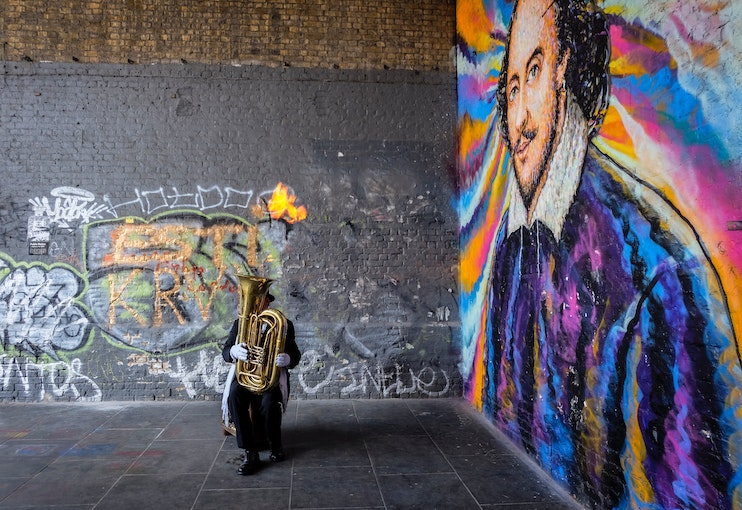
So, it’s a well-known fact that Shakespeare was born in Stratford-Upon-Avon, but did you know he spent a substantial part of his life living, writing and acting in London? As such, we’re laying claim to him being an adopted Cockney and put together a little tour of the Bard’s capital. Here are five places to go in London connected to England’s most celebrated playwright.
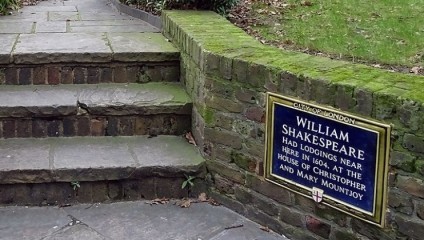
Visit where Shakespeare lived…
The all-knowledgeable Shakespearean London Theatre shares that Shakespeare lived in two residences during his time in London. First, in 1604, Shakespeare lodged with a French family called the Mountjoys on Silver Street, Cripplegate. You can walk to this very spot to see where the Bard ate and slept - just head down from Noble Street towards London Wall.
The house was located at the corner of Silver Street and Monkswell Street, very close to St. Paul’s Cathedral, which also puts on plays at the time. Additionally, Shakespeare owned rooms in Blackfriars East Gatehouse, which he may have stayed in due to its proximity to the Blackfriars Theatre. Located at the junction of Ireland Yard and St. Andrew’s Hill, the Cockpit public house now sits on this site, easily walkable from Blackfriars Station. Simply cross Queen Victoria Street into Blackfriars Lane for Playhouse Yard, and head onto Ireland Yard.
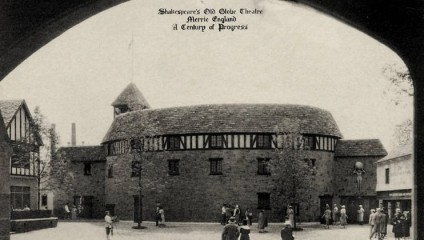
Search for the real Globe…
If you were asked where the Globe Theatre was, you’d say the circular white building on the South Bank, right? Well, what we know as the Globe is actually is the modern reconstruction of the theatre, following a fire that destroyed the first in 1613. Experts say that the original was 50 yards from Henslow’s Rose Theatre - if you fancy seeing the original, you can find its foundation line behind Anchor Terrace, on Park Street.
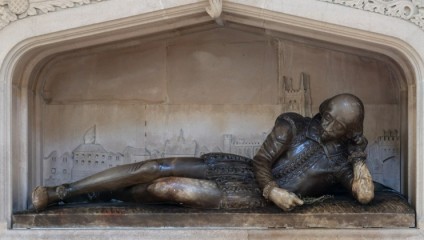
See the memorial to Shakespeare…
Head to Southwark Cathedral to check out a memorial of a reclining Shakespeare by a window in the south aisle. The multi-coloured window depicts numerous famous characters, like Romeo and Juliet, and was created by stained glass designer Christopher Webb in 1954. The statue by Henry McCarthy dates from slightly earlier, having been created in 1912, and shows Shakespeare writing. Behind him is a backdrop of Southwark buildings, including Winchester Palace, Globe Theatre and London Bridge with heads on poles. Underneath, an inscription reads: In memory of William Shakespeare, for several years an inhabitant of this parish, 1564-1616.Pretty neat!
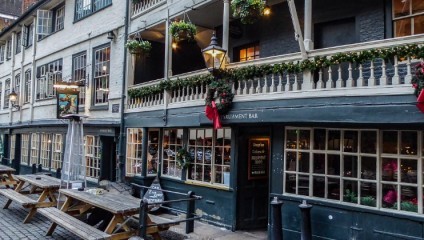
Go to Shakespeare’s local pub
Seriously - you can even go to Shakespeare's favourite boozer! In his book Shakespeare’s Local, Pete Brown suggests that the Saint George in Shakespeare's King John refers to The George Inn in Southwark. One character, Philip, describes it as: Saint George, that swing’d the dragon, and e’er since/Sits on his horse back at mine hostess’ door. The image of a swinging George by a door could be referring to an inn sign with George and the Dragon on it, and the age of the play suggests Shakespeare was living in Southwark at this point. The inn is now owned by the National Trust. Go and have a pint and a ponder - you might find you come up with some very good ideas.
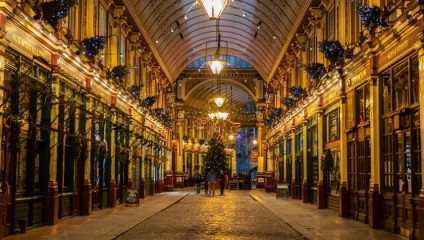
Stop off for some entertainment…
Between Fenchurch Street and Leadenhall Street sits London’s Lime Street. Notorious in Shakespeare’s time as a place where science thrived, it was also known for its wealthy residents.
According to the King's College London Shakespeare Centre, this would have included Leadenhall, where wool and materials were weighed. In summer, this activity would have been replaced with pageants and public entertainment, which Shakespeare would have seen (and taken inspiration from, no doubt). Now Leadenhall Market is a covered shopping and dining area, which you can enjoy; if you look closely, you’ll still see the iron hooks where produce were hung. Creepy!